esim
Latest

iOS icon provides clearest look yet at iPad Pro with Face ID
You don't have to rely on tiny icons or word-of-mouth leaks to know what the next iPad Pro will look like -- Apple has provided a good clue all on its own. The 9to5Mac team has discovered an iOS icon that shows the 2018 iPad Pro in much clearer detail, including the absence of a home button (and thus the presence of Face ID) and a not-quite-edge-to-edge display. It's unclear if everything is to scale, since Apple occasionally exaggerates icon details for the sake of clarity, but there's little doubt as to what the tablet will look like.

Apple iPhone Xs will come with dual SIM capability
At Apple's fall event today, the iPhone Xs is certainly stealing the show, and not just for sharper screens and cameras. As rumors anticipated, the new devices will finally get eSIM technology, which had been available in iPads and Apple Watches but not the company's smartphones. That's not all: The Xs will also get the ability to juggle dual SIMs.
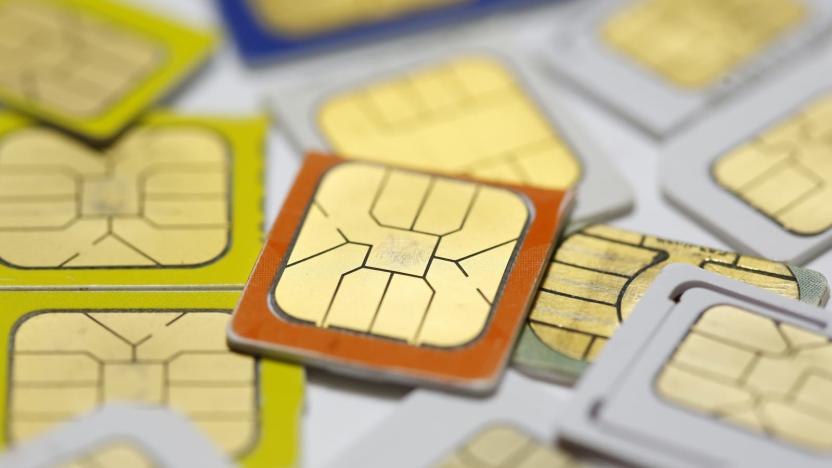
GSMA puts eSIM work 'on hold' due to US collusion investigation
Don't expect to see embedded SIM technology in your phone any time soon. The GSMA, which oversees key cellular standards, has placed eSIM spec work "on hold" while the US Department of Justice investigates the possibility of collusion between AT&T, Verizon and the GSMA to stifle the card-free technology. The GSMA didn't offer an explanation of why it was pausing development, and instead stressed that American eSIM users would need to "explicitly consent" to a carrier-locked eSIM (such buying a phone on contract).
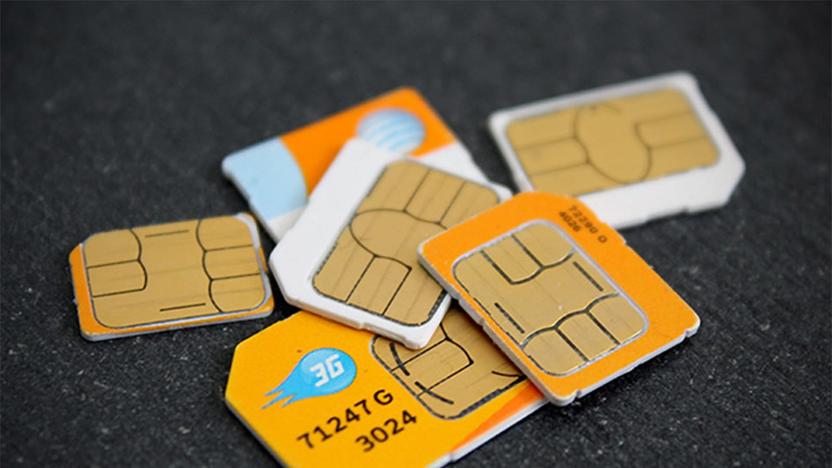
NYT: AT&T, Verizon and GSMA are being investigated over eSIM
Everyone's favorite word "collusion" has arisen once again, as the New York Times cites multiple sources reporting that the Department of Justice is investigating AT&T, Verizon and the GSM Association (GSMA). According to the sources, the DoJ is looking for evidence that these parties worked together in an attempt to limit embedded SIM (eSIM) technology. While it's supposed to let customers switch wireless carriers without changing out hardware SIM cards, the allegation is that AT&T and Verizon, which combine to cover some 70 percent of wireless subscribers, wanted the ability to lock devices on their network even if they have an eSIM.
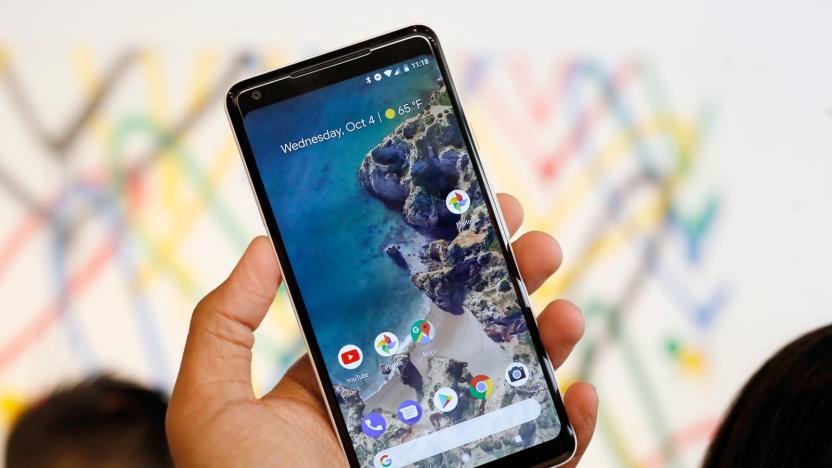
Google's Pixel 2 phones don't need SIM cards
Google added a lot to the Pixel 2 and Pixel 2 XL, but one of its more intriguing upgrades comes from what it's taking away: the need for a SIM card. Both devices still have a nano-SIM slot (contrary to a few rumors), but they also use eSIMs like that on the Apple Watch Series 3. So long as your carrier supports it, you just have to download a virtual SIM during the setup process to activate service. Needless to say, that's a welcome change if you're tired of the usual SIM swapping ritual needed for upgrading handsets.
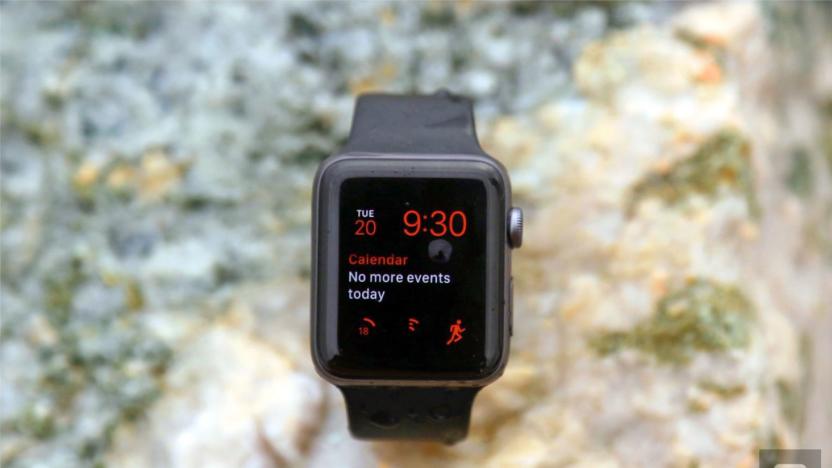
The next Apple Watch might not need an iPhone for data
Well, Apple Watch fans have more to look forward to than just a new operating system. According to a new report from Bloomberg, Apple will release a version of its Watch with cellular network support built-in by year's end, relieving users of the need to carry their iPhones around. Three words: it's about time.

It's time to embrace the eSIM
It's a downright shame that eSIMs aren't commonplace by now. Embedded-SIM technology has the potential to make getting connected to cellular networks much more convenient, but there hasn't been a consumer-friendly set of specifications for it since its 2013 introduction. That is, until last year, when the GSM Alliance (GSMA) released updated guidelines to add support for multiple profiles and devices (more on that later). Since then, thanks to partnerships between Microsoft, Intel and Qualcomm on a new generation of connected PCs with eSIMs onboard, we're going to see the technology feature in all sorts of gadgets over the next few years.

Computex was a reminder that the age of the eSIM is upon us
Nestled inside your cellphone is a teensy sliver of plastic you almost certainly never think about. That's your SIM card -- the bit that basically stores your phone's identity and passes it along to whatever wireless carrier network you pay for. It's absolutely crucial to the way your phone operates, but wireless carriers and network companies have been plotting its demise for years. As far as they're all concerned, the future belongs to what's called an eSIM -- short for "embedded SIM" -- woven directly into the silicon fabric of a device's modem. Now, thanks to some crucial announcements made at Computex, we're getting a better sense of just how pervasive these things are going to be.
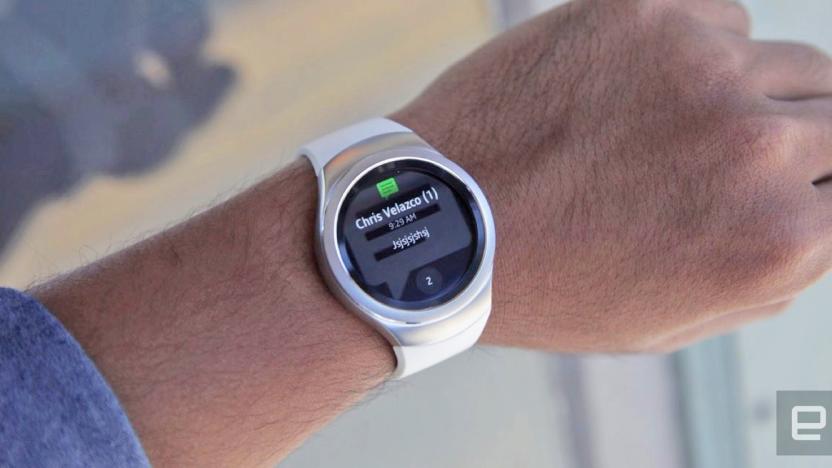
Samsung's next smartwatch comes with an e-SIM
Samsung will release a version of its 3G-connected Gear S2 that ditches the traditional SIM card in favor of an electronic one. It'll be the first mainstream connected wearable that ditches the old technology in favor of its all-digital replacement. The move will help the device save some space, since even a nano-SIM slot requires real estate that could otherwise be used for the battery. The device will land in stores at some point in March, and has the blessing of the GSMA and various global carriers that support the standard.

T-Mobile's eSIM eliminates roaming charges for connected devices in US and Canada
Don LaFontaine: In a world where everything can connect to the Internet, one thing stands in the way of always-on communications: roaming charges. When your car, watch or blood sugar monitor is constantly transferring data to and from the cloud, you have to be concerned with where you go. These sorts of machine-to-machine (M2M) communications (sometimes obnoxiously referred to as "the internet of things") bring convenience but also their own set of unique problems. T-Mobile's eSIM addresses at least one (extremely narrow) sliver of those issues by eliminating roaming costs when moving between the US and Canada. The carrier gives the example of a trucking company that could easily rack up $2,400 in roaming charges per-year, per-truck thanks to navigation, email, tracking software and vehicle diagnostics. By building eSIM into its systems, even a company with a relatively small fleet of big rigs could save hundreds of thousands a year. Obviously though, that's just the start. Future medical implants that keep doctors abreast of changes in a blood sugar or pressure could also rack up steep roaming fees if the patient is a frequent traveler. T-Mobile is making eSIM available to businesses today and it's compatible with "multiple international carriers" right out of the box. While wandering between the US and Canada certainly limits its appeal at the moment, support in other countries will be announced over the course of the year.






